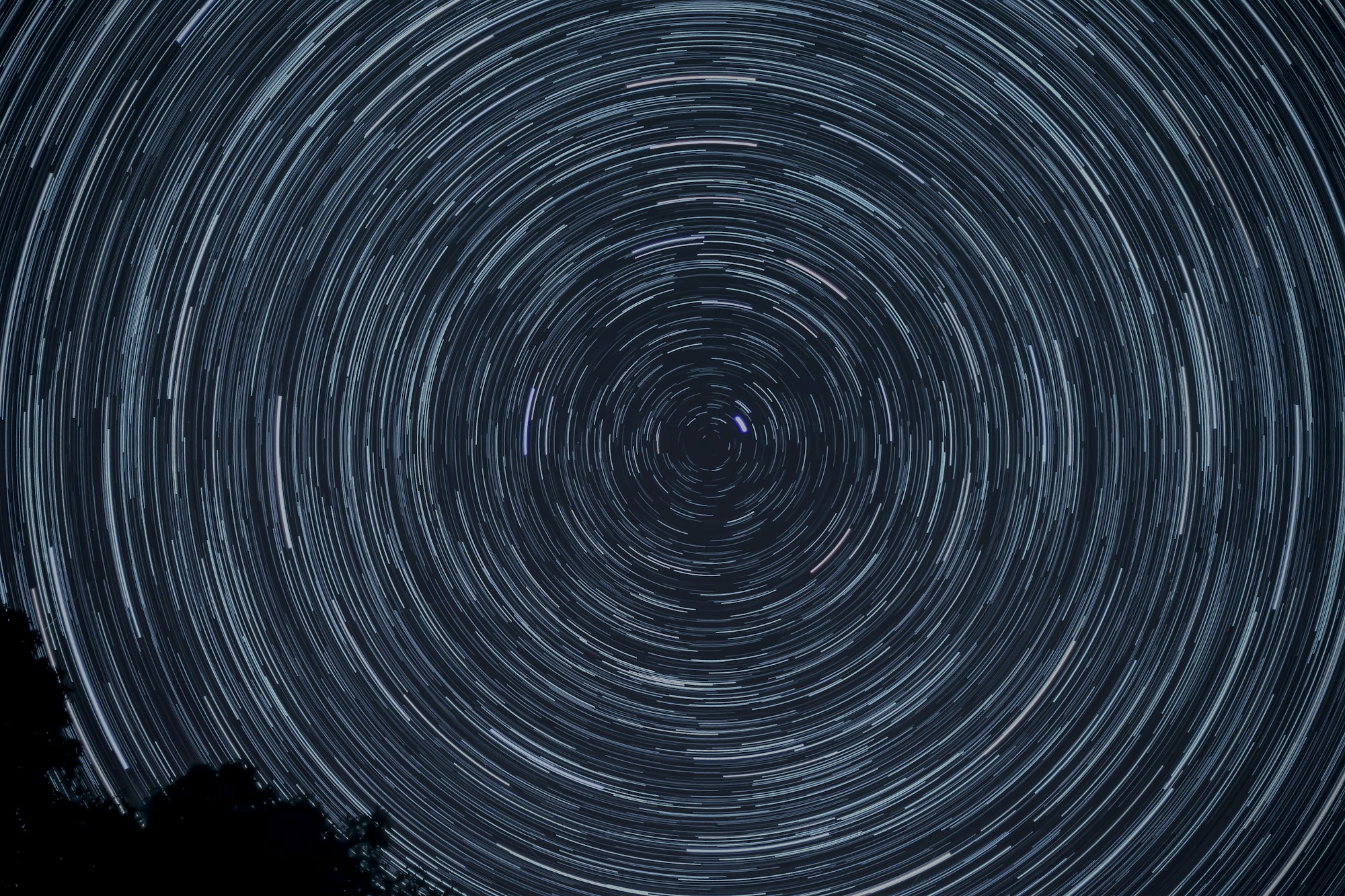Cosmic Connectivity: How Phenomenon, Number, and Reason Shape Our Universe
Dive into the cosmic dance of Phenomenon, Number, and Reason, as we bridge ancient Chinese philosophy with modern scientific insights. Journey with us through the vast expanse of the universe and discover the unity of the heavens and man.

“In the patterns of nature and the cosmos, in the dance of numbers and logic, therein lies the unity of the heavens and man.”
Phenomenon, Number, and Reason: The Cosmic Triad
Long ago, ancient Chinese scholars perceived the universe through a trio of interconnected concepts: Phenomenon, Number, and Reason. Today, we draw parallels between these ideas and contemporary scientific thought, unveiling their striking resonance.
Phenomenon: The Superficial Structure of the Universe
At its core, Phenomenon represents the outward manifestations of the cosmos – the things we can see, touch, and perceive. It's akin to the superficial structure of the universe, where the universe presents its appearances or the objective phenomena. For instance, when we gaze at the night sky, the stars and galaxies we see form the superficial structure, the grand canvas of the cosmos.

Number: The Profound Depths Beneath
Number, in contrast, delves into the deeper, more intricate aspects of these manifestations - the underlying realities that are often elusive to our senses. It's much like the deep structure of the universe, hinting at a structure beneath what's immediately perceptible. Think of it as the invisible forces, the dark matter and energy, the very fabric of space-time that keeps the cosmos functioning yet remains imperceptible to our direct observations.
Reason: The Universal Syntax
The bridge between Phenomenon and Number is Reason. It's the logic, the syntax that binds the visible and the invisible, much like the syntactic structure of the universe. Our logical thought processes, as humans, align with this cosmic syntax. This alignment, this unison, explains our innate ability to understand and make sense of the universe, what the ancients termed as “the unity of the heavens and man”.
Human Thought: The Ultimate Cosmic Mirror
Our logical mind has a unique prowess. It can distill complex phenomena into simpler 'forms' and further abstract these forms into a singular 'point'. Just as we might visualize a galaxy as a point in the vastness of space, our mind can also conceptually reduce the entire universe to a point, placing it within our cognitive grasp.
This idea harks back to the principle of similar figures, where any object or 'form' can be proportionally scaled up or down. When we encapsulate the universe into a singular point in our minds, our cognitive realm expands, encompassing an expanse even more vast than the cosmos itself. This ultimate reduction, this essence of human logic, might be the pinnacle of our intellectual journey.

The Harmony of Ancient and Modern Thought
Drawing from the works of the renowned linguist Noam Chomsky, we find philosophical parallels in the study of language. Chomsky's generative grammar sheds light on the inherent structures and logics that govern language, much like how the triad of Phenomenon, Number, and Reason unveils the logic of the universe.
Embracing the Cosmic Perspective
In the dance between the ancient Chinese triad and contemporary scientific insights, we find a profound connection and understanding. The universe, in all its grandeur, beckons us to explore, learn, and grow. Through the lens of BaguaScience, the cosmos is not just a vast expanse of stars and galaxies but a reflection of our inner selves, our thoughts, and our quest for knowledge.
Join Our Journey
Embark on this enlightening voyage with us. Explore the vast expanse of the cosmos, delve into the wisdom of ancient civilizations, and unravel the mysteries that bind man and the universe. Dive deep into the wisdom of the Yi-Tao Bagua universe model and the Arrow-One universal law. Let's discover the cosmic truth together.
